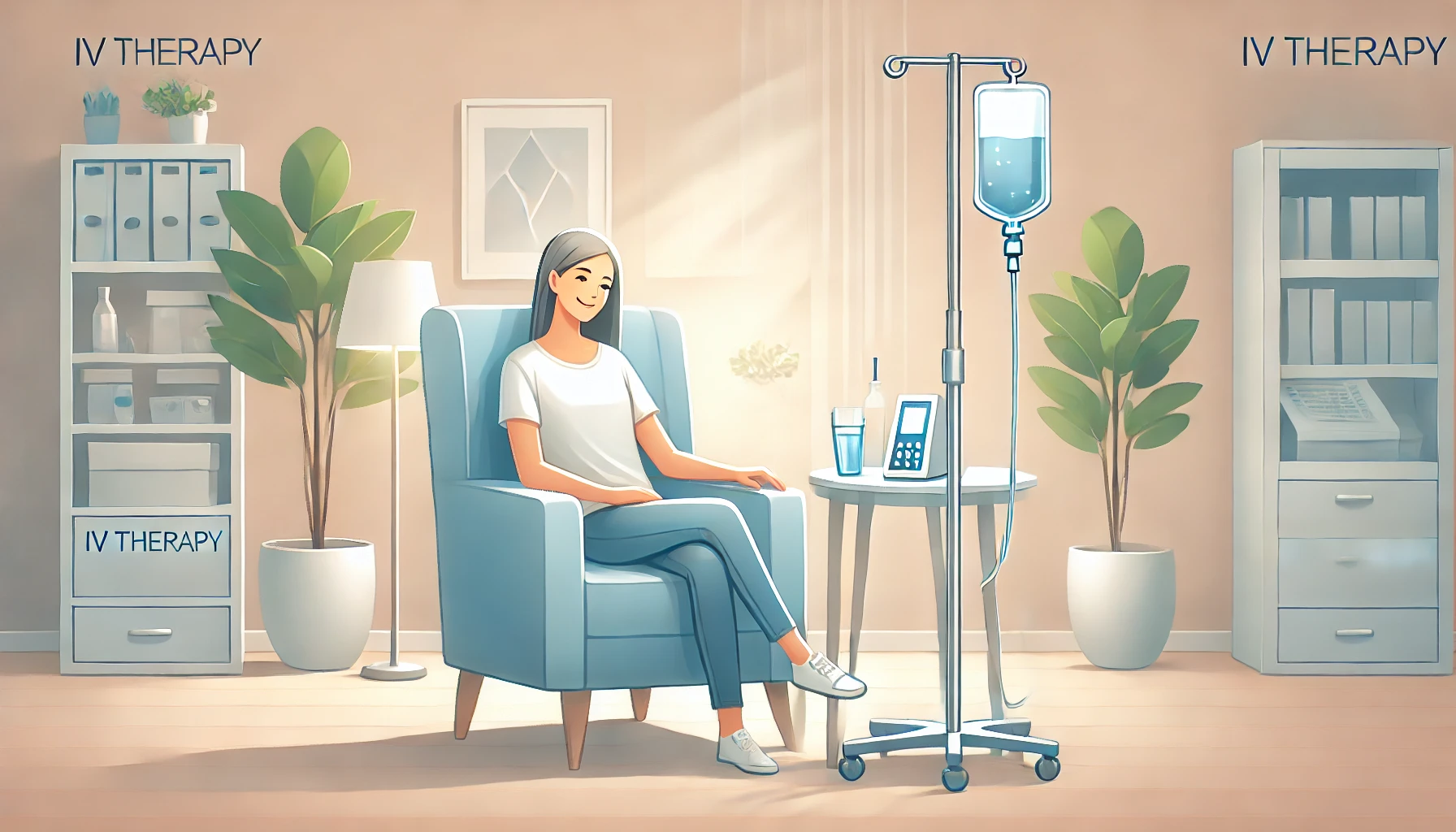IV therapy went from being exclusively used in hospitals to becoming a popular wellness treatment. The journey of intravenous therapy is quite remarkable – spanning from crude 17th-century experiments to the sleek, comfortable IV wellness lounges we see today.
At FRESH Treatments in Melbourne, we’re proud to be part of this evolution, offering IV therapy in a modern environment. But how did we get here? Let’s take a trip to the past to discover how IV therapy went from a questionable medical measure to a sought-after wellness treatment.
Early Origins: The First Bold Experiments
The story of IV therapy begins in the 1600s, when the concept of directly introducing substances into the bloodstream was first explored. In 1656, Sir Christopher Wren conducted perhaps the first IV experiment using a quill and a pig’s bladder to inject wine and ale into a dog’s veins.
Shortly after, physicians began attempting the first blood transfusions. Richard Lower successfully demonstrated animal-to-animal transfusions in the 1660s, while Jean-Baptiste Denys in France tried transferring calf’s blood to humans. These early experiments often ended poorly – blood types were unknown, and basic sterility concepts hadn’t been developed.
Not surprisingly, these dangerous experiments led to a backlash. By 1668 transfusion experiments were prohibited. IV therapy was shelved for nearly 150 years, waiting for science to catch up with the concept.
The First Breakthrough: IV Fluid Therapy Saves Lives
It wasn’t until a cholera pandemic in the 1830s that IV therapy made its triumphant return – this time with far better results. Dr. Thomas Latta, a Scottish physician, made medical history in 1832 when he successfully used intravenous saline to save dying cholera patients.
Cholera causes severe dehydration, and traditional treatments weren’t working. When Dr. Latta injected salt water into a patient’s vein, the results were dramatic – patients who seemed moments from death regained their pulse, their skin colour returned, and many recovered. Dr. Latta’s revolutionary approach, published in medical journals, marked the first successful therapeutic IV treatment in humans.
This breakthrough demonstrated something fundamental to the science behind IV treatment: IV therapy could deliver fluids directly into the bloodstream when the body needed them most – a principle that remains at the core of IV treatments in Australia today.
IV Therapy Gains Ground: Late 19th & Early 20th Century
The late 1800s and early 1900s brought crucial scientific advances that made IV therapy safer and more effective. The discovery of blood groups (A, B, O) by Karl Landsteiner in 1901 was a game-changer, finally allowing reliable, compatible blood transfusions between humans.
Technology improved too. The invention of the hypodermic needle in the 1844 provided a practical way to access veins, while Joseph Lister’s pioneering work on antiseptic techniques in the 1860s dramatically reduced infection risks.
By the 1890s, Italian physician Dr. Guido Baccelli was successfully using IV quinine to treat malaria and other medications for serious infections. World War I (1914-1918) then became a proving ground for IV therapy on a larger scale. The desperate need to treat wounded soldiers in shock led to the first large-scale use of blood transfusions and saline infusions on the battlefield.
The Golden Age: Mid-20th Century Modernisation
The mid-20th century saw IV therapy truly come into its own, with innovations that made it safer, more accessible, and far more versatile.
Perhaps the most visible change was the switch from glass to plastic. In the 1950s, the introduction of plastic collection bags and fluid containers revolutionised IV therapy. These were safer (no breakage risk), more portable, and less expensive than the glass bottles used previously. Flexible plastic catheters replaced rigid metal needles, making the experience much more comfortable for patients.
The development of electronic infusion pumps in the 1950s and 60s brought precision to IV delivery. These devices could control drip rates exactly, enhancing safety for continuous infusions of medications and fluids.
Another major advancement was Total Parenteral Nutrition (TPN), developed in the 1960s and refined in the 1970s. TPN allowed doctors to deliver complete nutrition – proteins, carbohydrates, fats, vitamins, and minerals – directly through an IV line. This innovation became a lifeline for patients who couldn’t eat normally due to digestive issues.
By the 1960s, IV therapy had become a cornerstone of hospital care. Nurses were now trained to administer IVs (previously only doctors could perform this task), making the treatment more accessible to patients. The combination of better equipment, trained personnel, and standardised solutions made IV therapy safer and more effective than ever before.
IV Therapy Today: From Hospitals to Wellness Clinics
While IV therapy has always been essential in hospitals, something interesting happened in the late 20th century – it began to find applications in wellness and preventive health too.
This shift started in the 1960s with Dr. John Myers in Baltimore. He created a special mixture of vitamins and minerals (B vitamins, vitamin C, calcium, and magnesium) delivered via IV for patients with various chronic conditions. After his death, this “Myers’ cocktail” gained popularity as a treatment for fatigue, migraines, fibromyalgia, and other conditions that didn’t always respond well to conventional treatments.
Fast forward to the 2000s, and boutique IV clinics began appearing in major cities worldwide. The first opened in Tokyo in 2008, and the trend quickly spread to places like Los Angeles, New York, and Sydney. Today, IV wellness therapy has become mainstream, with IV infusion clinics in Australian cities offering treatments for everything from athletic recovery to immune support.
Celebrity endorsements helped bring IV wellness therapy into the spotlight. In 2012, Rihanna made headlines after sharing a photo of herself receiving a vitamin infusion. Athletes, actors, and other high-performers began openly discussing how IV therapy helped them recover faster and maintain peak energy levels.
At FRESH Treatments, we’re part of this progression, providing treatments like the Myers Cocktail IV therapy in a comfortable, spa-like setting that’s a far cry from the clinical hospital environments where IV therapy began.
The Benefits and Safety of Modern IV Therapy
Today’s wellness-focused IV therapy offers multiple benefits that appeal to health-conscious individuals:
• Direct delivery: Nutrients bypass the digestive system, allowing for 100% absorption
• Supporting hydration: Fluids reach your bloodstream instantly, perfect for hangover recovery
• Customised formulations: Treatments can be tailored to individual needs
• High-dose nutrients: Higher concentrations of vitamins can be safely delivered than would be possible orally
Licensed medical professionals oversee treatments, using the same sterile techniques and quality control measures found in hospitals. Single-use, disposable equipment eliminates cross-contamination risks, and all solutions are pharmaceutical grade.
Different formulations target specific wellness goals. For example, our Vitamin C IV therapy provides support during flu season and antioxidant benefits, while B12 IV therapy can boost energy and metabolism. Special formulations like NAD+ IV therapy can support energy levels and cellular health.
It’s worth noting that wellness IV therapy complements rather than replaces traditional medical care. Many clients incorporate regular IV sessions into their overall wellness routine alongside proper nutrition, exercise, and preventive healthcare.
IV Therapy in Australia: A Growing Wellness Movement
Australia has enthusiastically embraced the IV wellness movement, with clinics opening in major cities across the country. In particular, Melbourne now has a range of clinics throughout the city.
Australian wellness clinics operate under strict regulatory oversight to ensure patient safety. Qualified healthcare professionals administer treatments following rigorous protocols for infection control and patient monitoring.
Australians are particularly drawn to IV therapy for its practical benefits in our active lifestyle. Whether its preparing for a marathon, or simply combating the effects of a stressful work week, IV infusions provide targeted support for the Australian way of life.
The Future of IV Therapy: What’s Next?
The journey of IV therapy – from experimental medical procedure to essential hospital treatment to popular wellness service – reflects our evolving understanding of health and wellness. What began with experiments has transformed into a sophisticated wellness tool.
As research continues to explore the benefits of intravenous therapy, we can expect even more specialised formulations targeting specific wellness goals. Advances in delivery methods may make treatments even more comfortable and efficient.
We believe that the preventive approach to health that IV therapy represents will continue growing in importance as people take more proactive control of their wellbeing.
If you’re curious about how IV therapy might benefit your personal wellness journey, we invite you to explore our range of IV treatments or contact us with your questions.
Born from medical necessity over 150 years ago, IV Therapy has evolved into a valuable tool for modern wellness – helping people not just survive illness, but thrive in their everyday lives.





